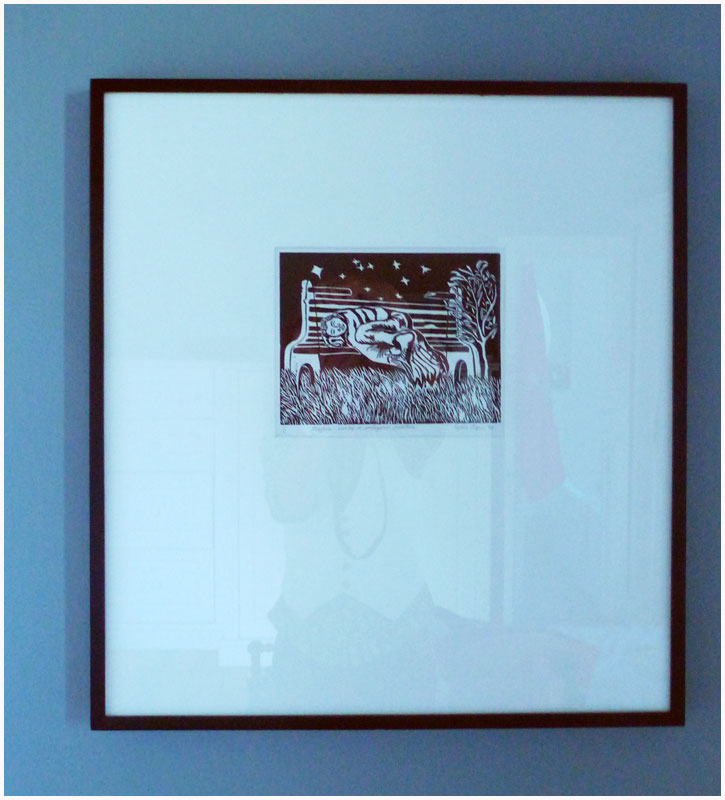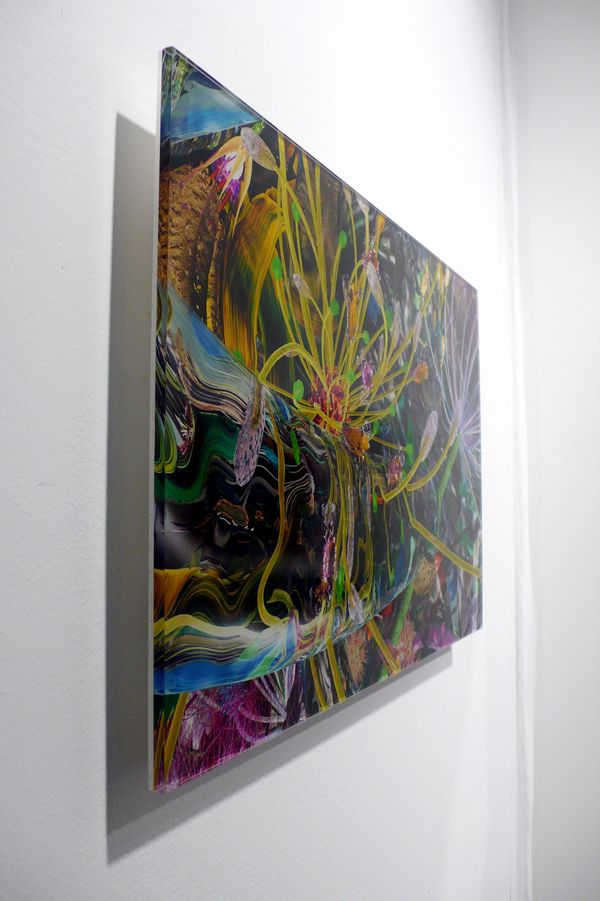Thinking about framing your new artwork can be daunting, but luckily we have some helpful tips for you!
Read our full ARTicle on How To Frame Your Art (which includes original oil paintings, work on paper and mixed media) here. You will find advice on types of framing, different types of glass, interior design options to consider and questions to help you determine what type of framing is right for your artwork.
If you're still searching for that perfect artwork, find a large collection of art on paper, or limited edition prints for sale online at StateoftheART.
For Archival Pigment Prints :
We recommend using a contemporary look with 2cm - 3cm deep frame in a birch, oak, black or white finish and a 6cm snow white, acid-free matte board. We recommend sealing your frame with tape at the rear to prevent dust entering. Depending on the size of your fine art print, you might want to consider dry-mounting your print to a backing board in a heated vacuum press. This process prevents wrinkling of the print within the frame.

For Digital C-Prints:
We recommend laminating your fine art print for a contemporary museum look. Use a digital printing shop to have it professionally laminated to a base, or use a laminating machine if you would rather use a frame. As for UV-resistance, use laminated pouches to protect against color-fade.

Framing your artwork well will ensure its style and its longevity.
Here are some tips to help you identify a professional framer:
A great framer has past experience framing fine art and can provide glare-free glass with a UV-protective coating to cover the artwork in the frame. The framer will only use acid-free materials such as matting and back tape, and a UV-protective glass or plexiglas.
If you choose to laminate your digital C-print, make sure the digital printing lab has experience framing fine art photography, and that it uses a laminating machine with a heat process. This process will protect the print more than a machine using cold lamination. Be careful of low-end laminators with fluctuating temperatures: it can result in bubbles between the print and the plastic, incomplete lamination or variations in thickness of the plastic!
See all framed art for sale online here>>>

